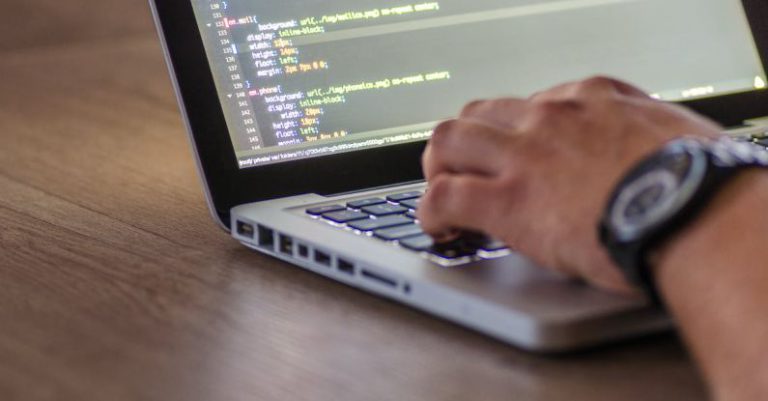Can Cybersecurity Become Fully Automated?
In today’s digital age, cybersecurity has become a top priority for individuals, businesses, and governments. As the number of cyber threats continues to rise, many are looking for ways to enhance their defenses and protect sensitive information. One potential solution that has gained traction is the idea of fully automating cybersecurity measures. But can this concept become a reality? In this article, we will explore the potential benefits and challenges of automating cybersecurity.
The Rise of Automation in Cybersecurity
Automation has already made significant strides in various industries, streamlining processes and improving efficiency. In cybersecurity, automated tools are commonly used for tasks such as vulnerability scanning, threat intelligence analysis, and incident response. These tools can quickly identify potential risks and take appropriate action, reducing the burden on human analysts.
Benefits of Automation in Cybersecurity
There are several potential benefits to fully automating cybersecurity measures. Firstly, automation can significantly reduce response times. With the increasing volume and complexity of cyber threats, human analysts often struggle to keep up. Automated systems, on the other hand, can detect and respond to threats in real-time, minimizing the potential damage caused by an attack.
Moreover, automation can help address the skills shortage in the cybersecurity industry. Currently, there is a shortage of qualified cybersecurity professionals, making it challenging for organizations to protect themselves adequately. By automating routine tasks, organizations can free up their human analysts to focus on more critical and complex issues that require human expertise.
Challenges of Fully Automating Cybersecurity
While automation offers numerous benefits, there are also challenges that need to be addressed. One significant concern is the potential for false positives and false negatives. Automated systems rely on algorithms and predefined rules to detect threats, which can sometimes lead to inaccurate results. This can result in unnecessary alerts or missed threats, undermining the effectiveness of the automated system.
Another challenge is the constantly evolving nature of cyber threats. Hackers are continuously developing new techniques and strategies to bypass security measures. To stay ahead, automated systems would need to be regularly updated and have the ability to adapt to emerging threats. This requires a high level of sophistication and continuous monitoring, which may be difficult to achieve in practice.
The Role of Human Analysts
While automation can enhance cybersecurity measures, it is crucial to recognize the continued importance of human analysts. Cybersecurity is a complex field that requires critical thinking, creativity, and the ability to understand the motives behind cyber attacks. Human analysts can provide valuable insights and make informed decisions that automated systems cannot replicate.
Furthermore, human analysts play a vital role in investigating and responding to cyber incidents. They can analyze the context and impact of an attack, conduct forensic investigations, and develop strategies to prevent future incidents. Automated systems, while efficient at detecting threats, lack the ability to fully understand the broader implications and make strategic decisions.
Finding the Right Balance
In conclusion, while the idea of fully automating cybersecurity measures is enticing, it is unlikely to become a reality in the near future. Automation can undoubtedly enhance cybersecurity efforts, improving response times and addressing the skills shortage. However, it is essential to strike the right balance between automation and human intervention. Human analysts bring unique skills and perspectives that are critical in combating cyber threats effectively. By combining the strengths of both automation and human expertise, organizations can build robust cybersecurity defenses that are adaptable and resilient in the face of evolving threats.






